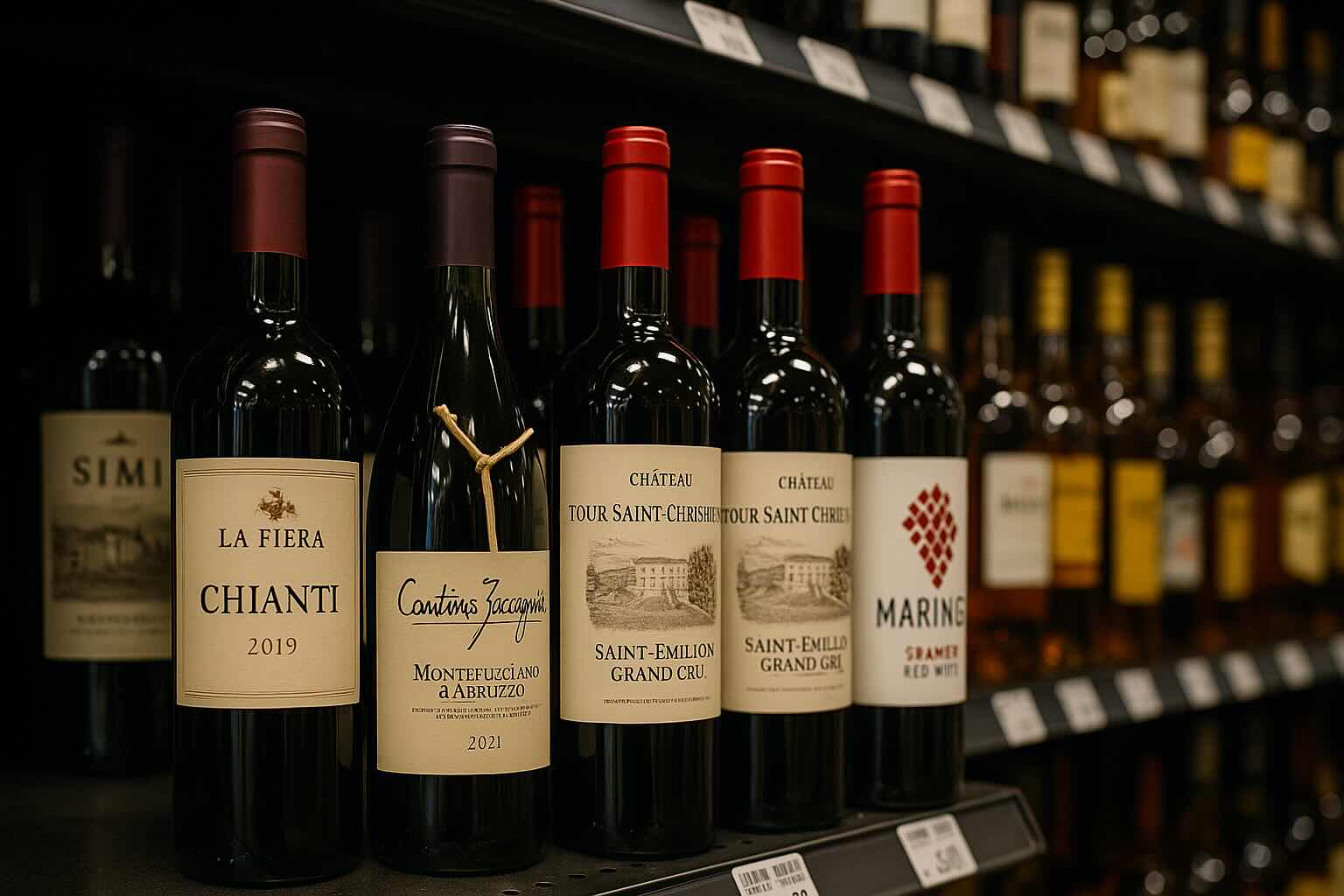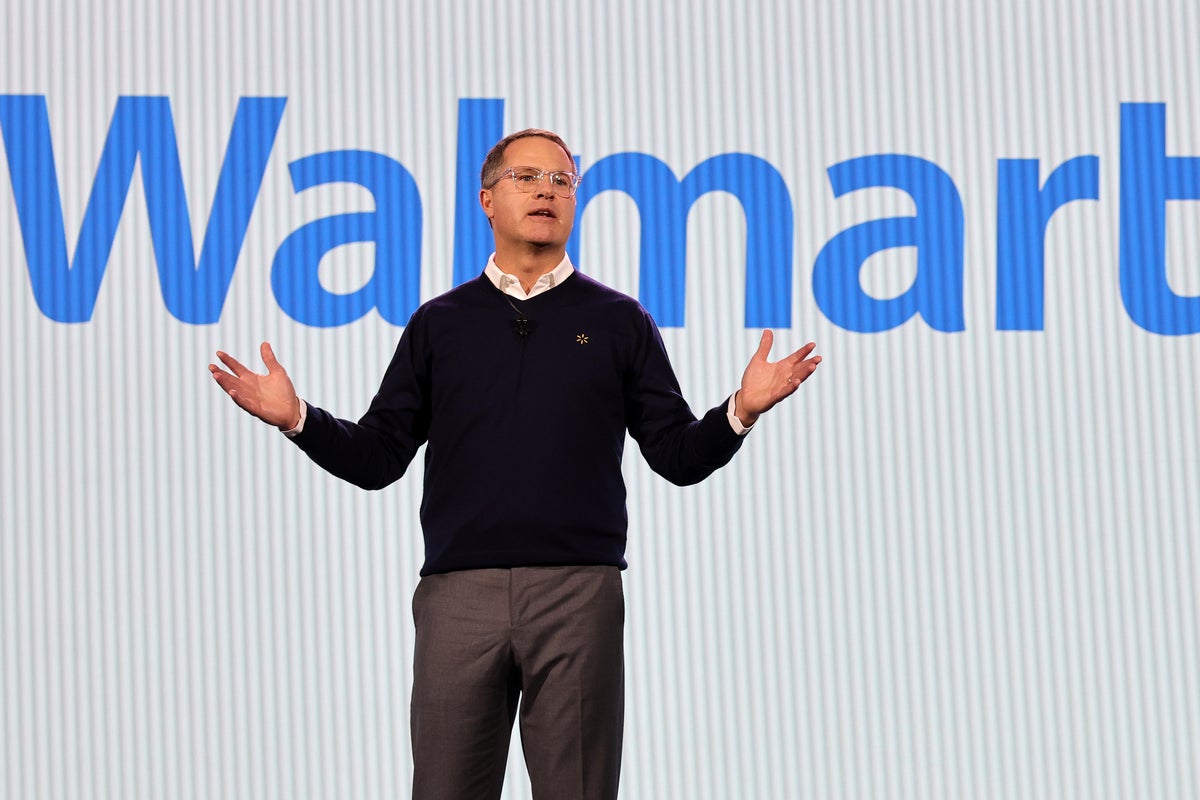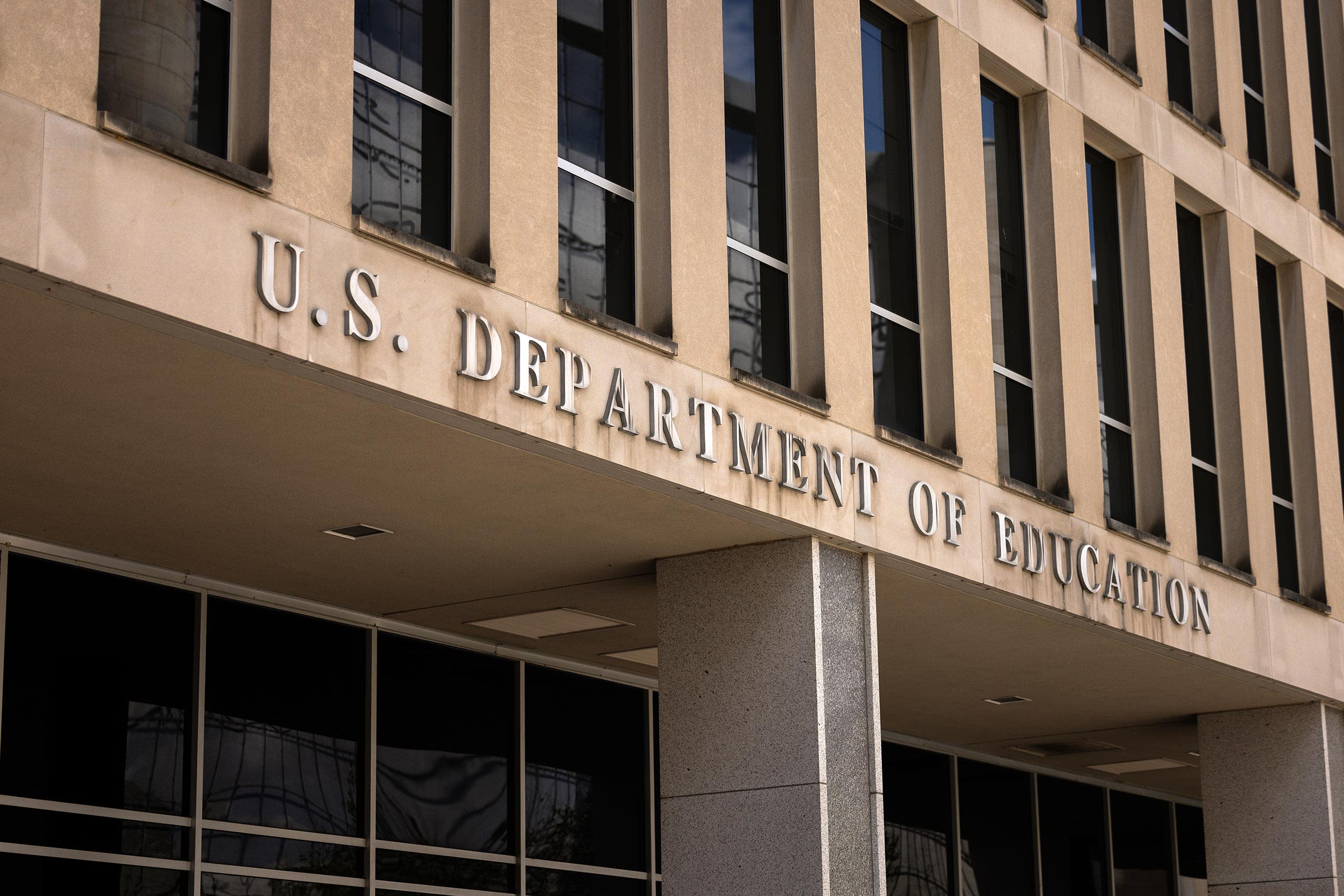Holiday Wine Prices Set to Rise in the U.S. as New Tariffs Pressure Importers, Retailers, and Consumers
Wine lovers preparing for holiday gatherings in 2025 are facing an unexpected challenge: higher prices and reduced availability at wine shops across the United States. Retailers are bracing for significant changes in wine costs as tariff policies collide with shifting consumer behavior, rising production expenses, and slowing demand. Many shop owners, particularly those located in large metropolitan regions, are already adjusting their shelves, strategies, and pricing to manage the financial strain brought on by ongoing tariffs. This includes the long-standing 15% duty on imported European wine.
These economic pressures are reshaping the shopping experience just as Americans typically increase their purchases for Thanksgiving, Christmas, and New Year celebrations. Retailers who rely heavily on imported wines are confronting a challenging balance. They must absorb higher wholesale costs while keeping prices reasonable enough to maintain customer loyalty. With climate-driven crop challenges, transportation fees, and inflationary pressures added to the mix, the holiday season is becoming one of the most complicated pricing environments the wine industry has seen in years.
Tariffs Push Retailers to Rethink Inventory and Pricing Strategies
Across the country, retailers are facing mounting financial strain as tariff-related costs ripple through the supply chain. Shop owners report wholesale increases of 5% to 12% this year alone. This jump is driven by shipping delays, labor shortages, and heightened manufacturing costs. Importers working with thousands of restaurants and retailers confirm that their year-over-year wine sales have fallen by double-digit percentages due to both tariffs and shrinking consumer demand. It marks one of the most significant shifts in U.S. wine purchasing behavior in more than a decade.
These changes have forced many businesses to rethink their inventory strategy by reducing the number of imported labels. They are investing more heavily in categories that are tariff-exempt, such as tequila or mezcal. In fact, agave-based spirits have gained shelf prominence due to their immunity from tariff increases under a trade agreement with Mexico. This further accelerates category diversification within beverage retailers. Consumers exploring wine alternatives can find more guidance through established resources such as, Wine.com, Decanter.com, and the educational material available on WSETglobal.com, which help shoppers understand how pricing structures and import challenges affect the selections available in stores. Retail owners say these shifts are not temporary and may continue to influence what Americans drink well beyond the 2025 holiday season.
Changing Consumer Trends Challenge Traditional Wine Markets
Wine consumption in the United States has steadily declined over the past five years, with volume dropping 3% since 2019 and projected to fall an additional 4% by 2029. A new generation of consumers is moving toward alternatives like spirits, ready-to-drink canned cocktails, and creative flavor categories. These alternatives appeal to younger drinkers seeking convenience and lower price points.
Economic pressures have also heightened price sensitivity, leading many shoppers to explore more affordable beverages or buy less frequently. Retailers describe a growing demand for smaller, ready-to-chill formats rather than standard 750-milliliter wine bottles. These smaller formats can feel like a larger commitment both financially and in quantity. As shoppers research more online before purchasing, the informative insights provided by platforms such as VinePair.com have become increasingly relevant to consumers. This is helpful for those trying to navigate a changing wine landscape filled with fluctuating prices and unpredictable availability.
These evolving behaviors place additional pressure on importers who rely on consistent sales cycles to balance higher operational expenses. Mid-priced wines, particularly those between $40 and $50, are struggling to maintain traction. Budget-friendly bottles and luxury-tier wines capture opposite ends of the consumer market. Retailers must adjust their promotional strategies accordingly. Often, they opt to buy larger case quantities of specific wines to access better wholesale discounts in an effort to offset tariff-related costs.
Shrinking Imports Create Leaner Shelves and Greater Uncertainty
ΩImport orders for European wines have dropped dramatically in 2025. Shipments from France have declined by roughly half, and orders from Italy have fallen even more sharply. These reductions will soon become visible in smaller selections on store shelves, especially during peak holiday shopping months. Retailers and distributors report focusing on wines that can sustain consistent sales volume. They are avoiding expanding into new or specialized regions that carry greater financial risk under current tariff conditions.
As the industry waits for key legal decisions and potential policy changes, uncertainty continues to shape inventory management choices. Many shops are concentrating their purchasing efforts on dependable labels and suppliers. These offer bulk deals or negotiated case pricing, enabling retailers to maintain some stability even in a volatile market.
For example, some stores are increasing their orders of value-driven varietals, such as Pinot Noir from emerging regions, to provide shoppers with attractive prices despite general inflation. Platforms like WineFolly.com offer useful educational references for consumers looking to explore regions beyond the traditional European heavyweights. These platforms help to bridge the gap left by declining imports. Still, the impact of tariffs remains profound, influencing not just retail inventories but also broader consumer access to wines they’ve enjoyed for years.






